Dr. Ponomarenko Sergey is profoundly interested in any problem relating musleckeletal system. In finding the clue to it is most important to have the full history first, no matter how short it may be. For example, any fracture has his own unique pattern, the simple athrtitis proves to be primarily or secondary, and so on. The thorough clinical examination then follows. 90% of information about your case is obtained during this routine but quite necessary procedure.
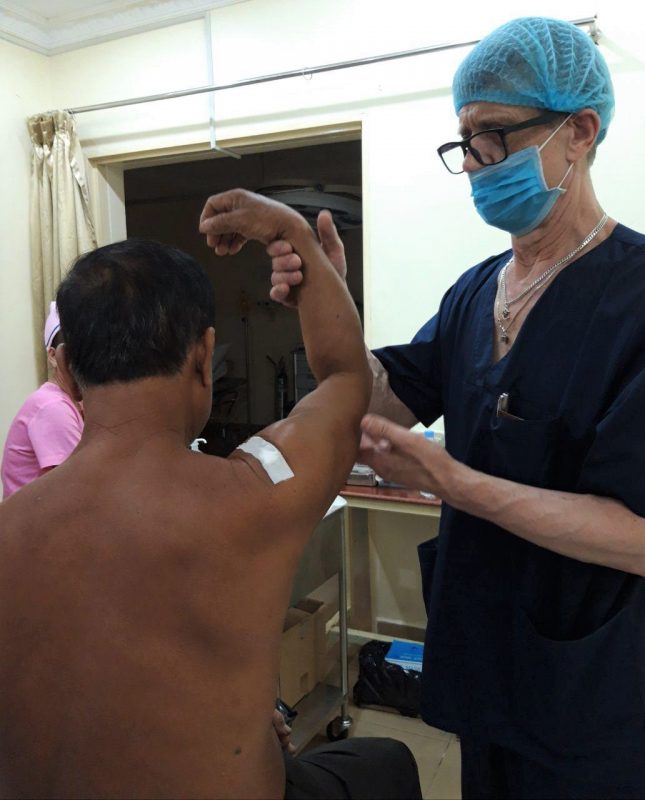 The clinical diagnosis must be confirmed by investigations- radiography, CT- scan, laboratory tests.
The clinical diagnosis must be confirmed by investigations- radiography, CT- scan, laboratory tests.
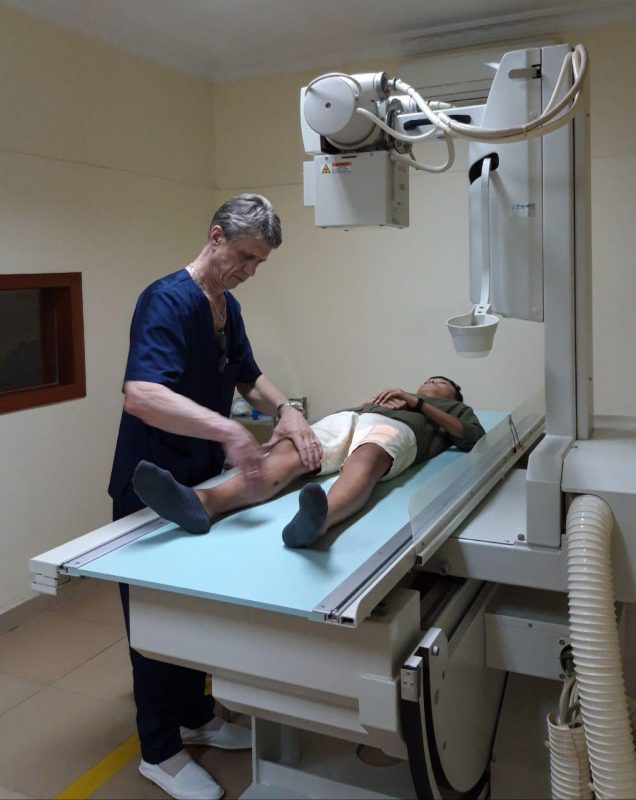
The Sen Sok Hospital is well equipped with all kind of radiology investigations, such as digital radiography and CT scan, these are of much use in making correct diagnosis and choosing most way of treatment. The right diagnosis is the surest way to accurate treatment and to most favorable outcome.
The brain CT scan reveals intracranial hematoma.

The wrist X-ray shows displaced wrist fracture with dislocation
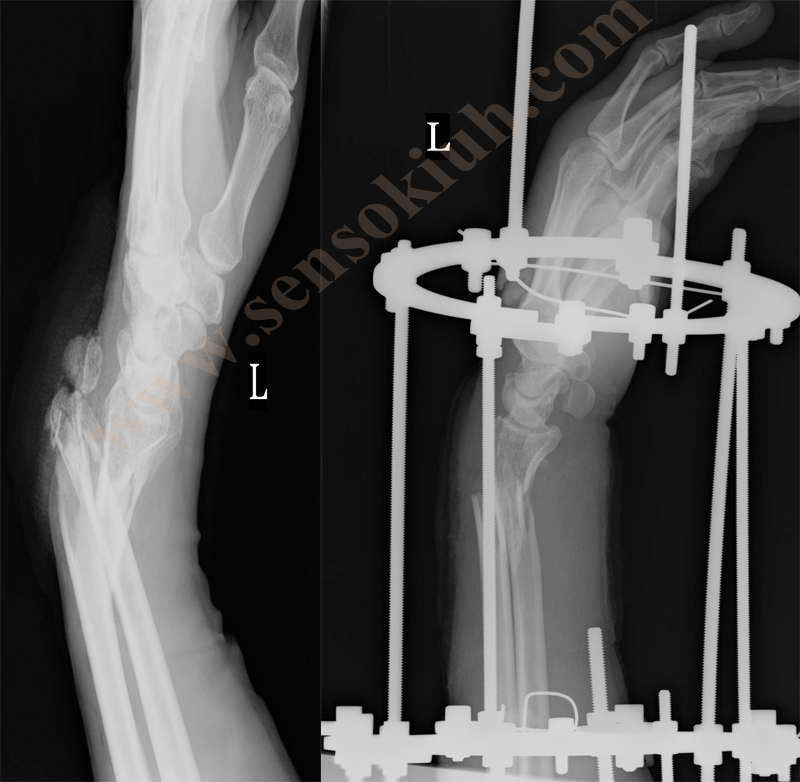
The X-ray of the Left shoulder dislocation
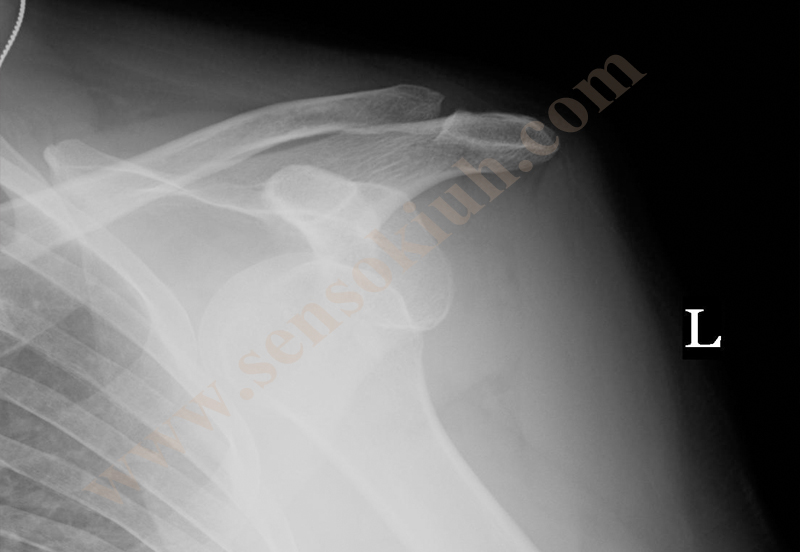
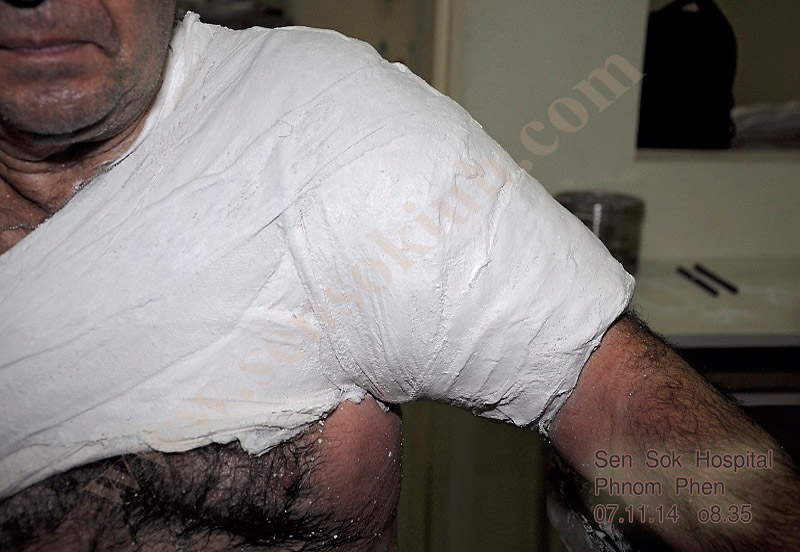
Some of the cases requires urgent surgery, some closed reduction and plaster cast applying. There is no any universal method or technique for any patient. The many years of experience allow Dr. Ponomarenko Sergey to select the best way of orthopedic treatment.
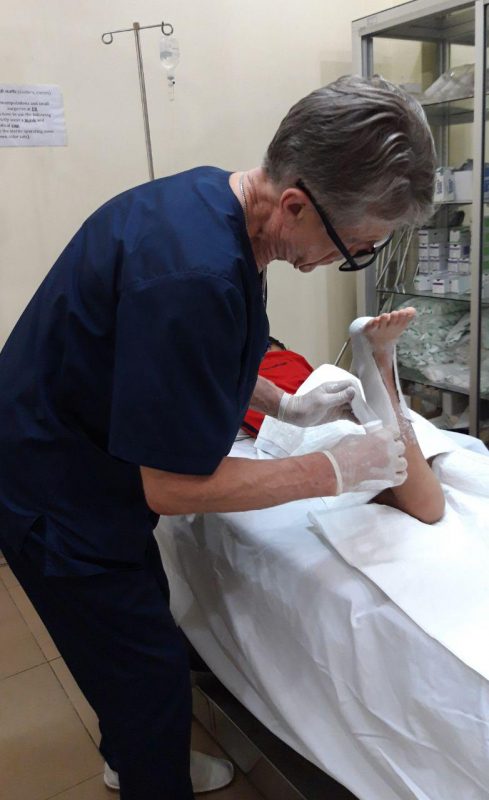
If your case needs surgery, the Sen Sok IU hospital Operation theater has the most time fashioned equipment and well-trained operational team for any kind of orthopedic surgery.
But in Orthopedy there are many more closed techniques of treatment, so where is any possibility to avoid surgery, Dr. Ponomarenko Sergey will treat his patient with old and time- tested methods.
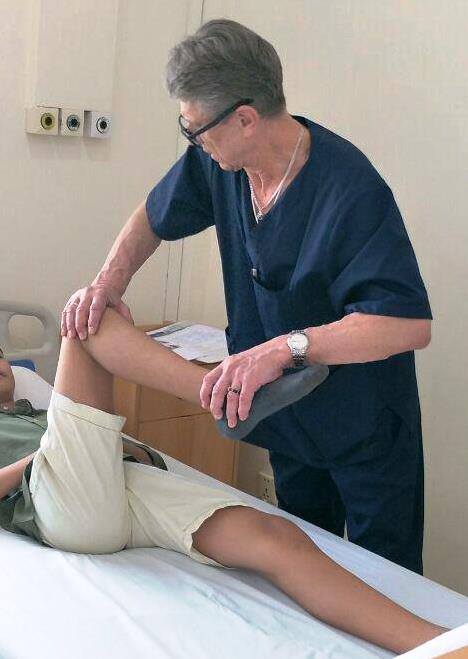
The only goal of Orthopedic treatment is to return you to your usual daily activities in shortest period of time, with fully restored function of affected limb. So, Dr. Ponomarenko Sergey is fully aware of any orthopedic patient situation and would do his best to perform his professional duties with minimal risk for his patient.






